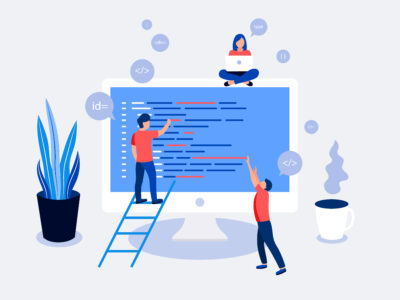When you’ve put a lot of effort into creating quality web content, translation can be a good way to get more from it. Not only can you reach a far wider audience by publishing in multiple languages, you’ll also start to build a reputation as a truly global brand.
On the other hand, failing to translate for international users can mean cutting off exciting opportunities and limiting your success. The internet has evolved into a truly global and multilingual arena. By mid-2012, Asia already had more than double the number of Internet users than any other world region, with strong growth in other non English-speaking regions. Internet users around the world are coming to expect content in their own language: 90% of respondents in an EU survey opted to visit sites in their native language where a choice existed.
Why aren’t smaller businesses making the most of this huge potential? Often this is down to the cost involved. There’s no denying that finding a budget for native speaker expertise can become expensive when dealing with several languages.
Machine Translation
Machine translation (MT) offers a more cost-effective solution for those times when using a translator isn’t an option. By using this kind of software, large volumes of text can be processed in a short span of time.
When you’re working within time and budget restrictions, MT can seem like a good idea. However, this quick solution can also be problematic. In particular, MT can struggle with isolated sentences and can fail to place text in context. The output can be of variable quality. Even where the translation is usable, it will almost certainly need editing before publication.
What MT does represent is a good starting point, and is especially useful for those who frequently publish large quantities of text. Bear in mind that the resulting translations will be fairly impersonal and will contain some inaccuracies. For better results, consider post-editing as your next step.
Post-Edited Machine Translation
While these days you can expect good results from MT, the finished translation is likely to fall short of fluency. Language is complex, and no two languages function exactly alike when it comes to vocabulary and grammar.
The size of the English language’s vocabulary, for example, means that some English words have nuances that they lack in other languages. For instance, the French word ‘faux’ might be translated according to context as false, fake, wrong, or even in some cases used untranslated.
On the other hand, other languages often have greater grammatical complexity than English. For instance, many languages have different forms of address depending on the level of formality. Some have a large number of grammatical cases, which need careful attention.
Accuracy can be improved by using the MT output as a starting point and combining it with professional editing. In Post-Edited Machine Translation (PEMT) a language professional will work through the translation, correcting grammatical inaccuracies and substituting words where a better choice exists. Because the machine has handled the bulk of the translation, high quality results can be obtained with PEMT in a fraction of the time.
Using a professional to polish the MT text also lets you put the human touch back in. If you need the finished content to be friendly or persuasive or otherwise make a connection with your reader, this is an essential step.
Custom Machine Translation Solutions
Creating content for a specific industry frequently involves using specialist language. For instance, professionals in law or medical sciences use words and terminology that often aren’t used by the general public. Similarly, IT professionals use more technical language, and many other industries have their own jargon.
When talking to others in our field or providing information for customers, it’s essential that the language choices we make are accurate. In many cases, if precise words aren’t used, it can cause confusion. Not to mention putting at risk your reputation for expertise and professionalism.
These technical word choices can pose a challenge in standard MT. For instance, a word that is in common use may have one meaning, but when used in an industry-specific context there could be a subtle shift to mean something else. If the MT program opts for the more common usage, it can result in a different word choice from the expected one in the end translation. This in turn can entirely change the meaning of a sentence.
More sophisticated MT software will attempt to predict word choices based on context. However, its accuracy will be improved further with a custom glossary. It can also be programmed to learn from your previous translations, associating certain word choices with ones previously used.
We’ve created customized engines at Lingo24 to provide our clients with this kind of smart software, using their own glossaries and translation memories. Talk to us if you could benefit from something similar.
Conclusion
Custom MT can be a huge time and cost saver, and with careful post-editing can give you high-quality translations suitable for publication. Combine the efficiency of software with native speaker expertise for winning results.











Comments